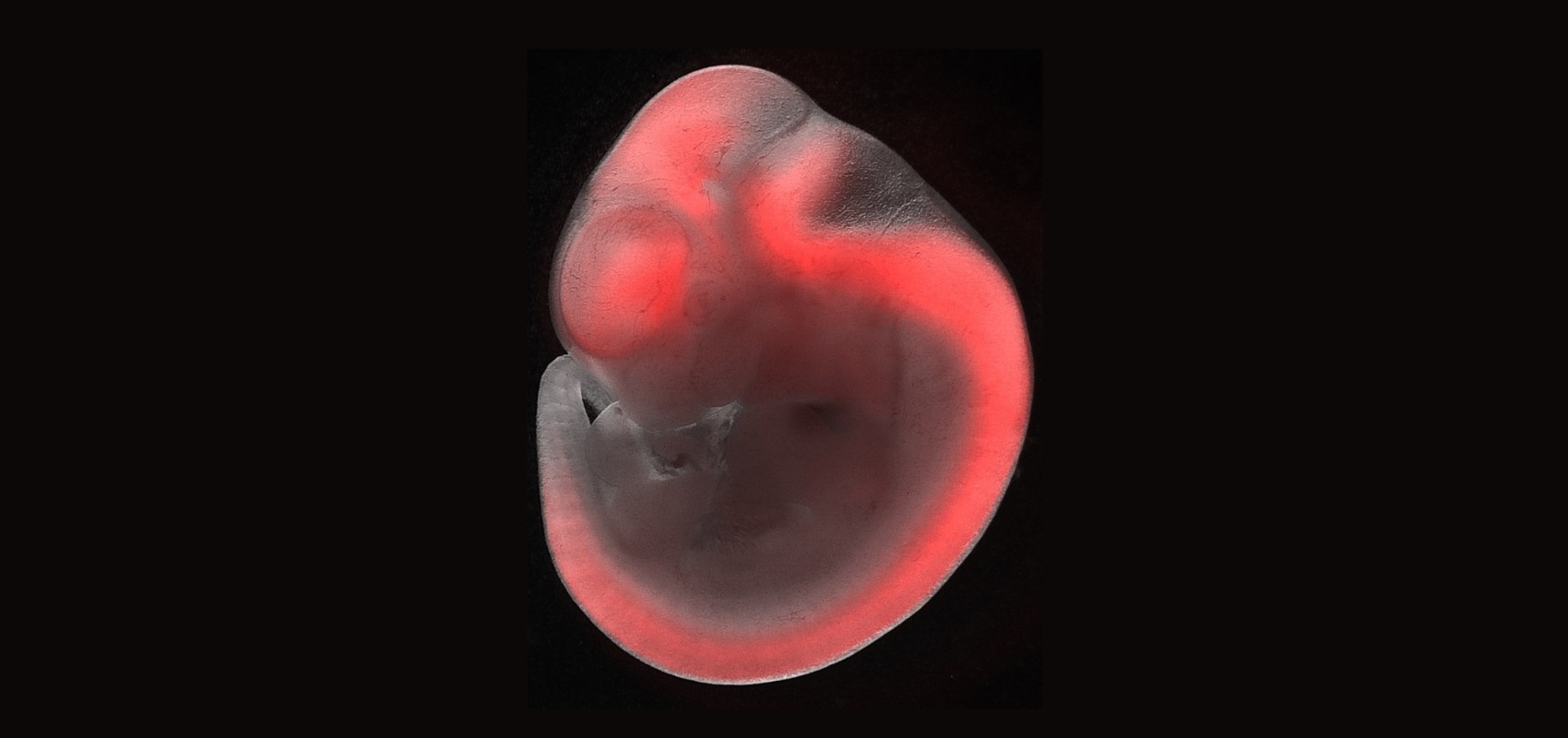UC Irvine’s genetic study unveils how DNA regions interact to drive development

Irvine, Calif., March 20, 2024 — Scientists from the University of California, Irvine’s Department of Developmental & Cell Biology, under the guidance of Assistant Professor Evgeny Kvon, have made a significant leap in understanding genetic regulation during mammalian development. Their study, published in Nature Genetics, meticulously maps the DNA interactions of genetic regulatory switches called enhancers and their target genes, showing the complexity of genetic activation in mammalian tissues.
The team’s research focuses on the integral role enhancers play in activating genes at specific points in development. Zhuoxin Chen, a lead author on the paper, analyzed around a thousand enhancers across ten embryonic tissues in mice and found that enhancers do not typically interact with their nearest genes. Instead, almost two-thirds of analyzed enhancers form connections with more distant genes via loops, contradicting the previously held belief that most enhancers activate nearby genes. The team also found that the strength of these looping interactions positively correlates with gene activity in different embryonic tissues, suggesting that enhancer-gene looping plays an instructive role in gene regulation.
Kvon highlights the importance of this discovery: “Many human disorders, such as congenital malformations, cancer, and intellectual disability, are caused by mutations that lead to improper gene activation by enhancers. Understanding how enhancers and genes physically interact is therefore vital for understanding the pathological processes caused by these mutations”.
While this study shines a spotlight on the work from UC Irvine, it also aligns with concurrent research from the European Molecular Biology Laboratory (EMBL) in Heidelberg, Germany. EMBL’s findings, published in the same issue of Nature Genetics, echo the conclusion that as cells differentiate, enhancer-gene interactions become more distinct and reflect the activity of gene expression at the time.
Together, these studies underscore a crucial aspect of gene regulation, suggesting that enhancer-gene physical proximity is a fundamental and evolutionary preserved aspect of tissue differentiation.
The research represents a collaborative effort across several institutions, including the Lawrence Berkeley National Laboratory and Pablo de Olavide University in Spain. Such partnerships underscore the collective effort required to advance our understanding of complex biological systems.
About the University of California, Irvine School of Biological Sciences: Recognized for its pioneering research and academic excellence, the UC Irvine Charlie Dunlop School of Biological Sciences plays a crucial role in the university’s status among the nation’s top 10 public universities, as ranked by U.S. News & World Report. It offers a broad spectrum of degree programs in the biological sciences, fostering innovation and preparing students for leadership in research, education and industry. Nestled in a globally acclaimed and economically vibrant community, the school contributes to the university’s impact as Orange County’s largest employer and a significant economic contributor. Through its commitment to exploring life’s complexities, the School of Biological Sciences embodies the UCI legacy of innovation and societal impact. For more on the UC Irvine Charlie Dunlop School of Biological Sciences, visit bio.uci.edu.
